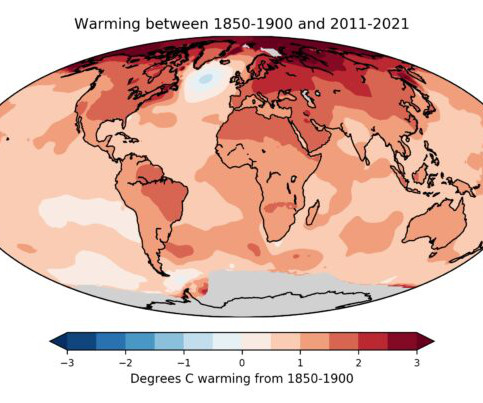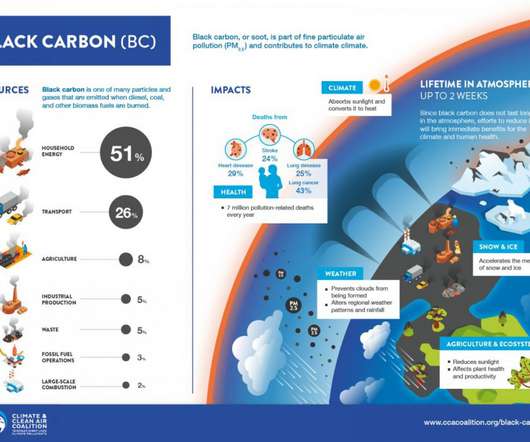New journal: Nature 2023?
Real Climate
MAY 30, 2024
W/m 2 over the ocean (which translates to 0.14 2024) Looked at the impact of Chinese aerosol emission decreases from 2010 to 2020 and saw increases in North Pacific ocean temperatures. So to help people keep track, we’ll maintain a list here to focus discussions. They find a radiative forcing 0.2±0.11 W/m 2 globally).




















Let's personalize your content